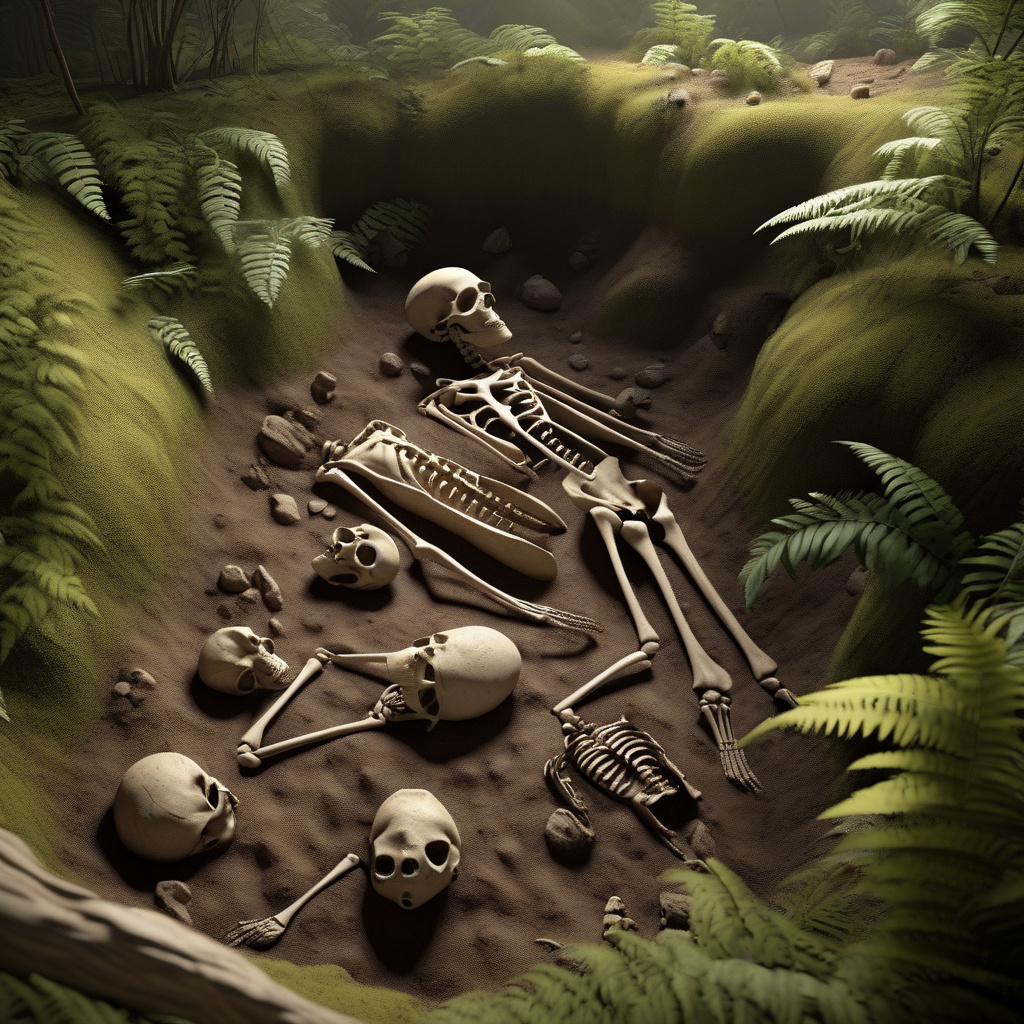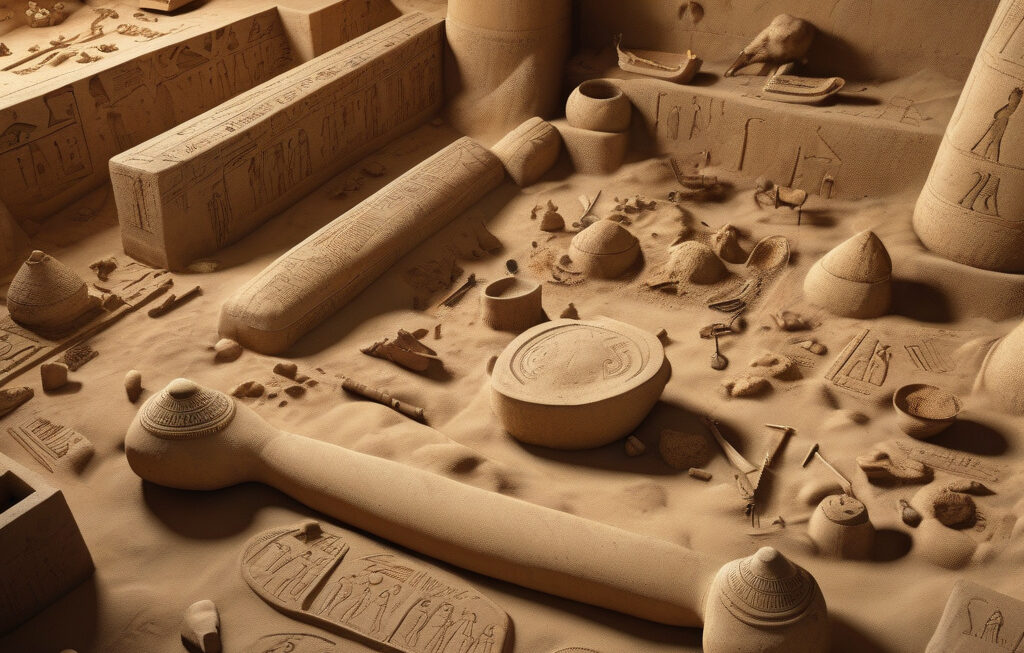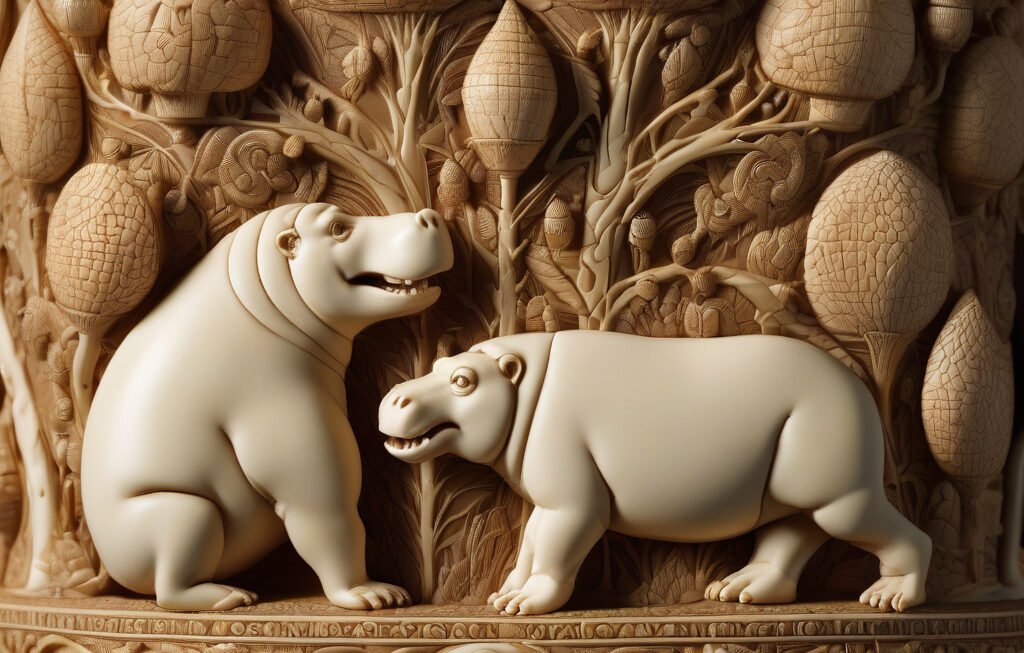Ancient Burials: Shedding Light on Prehistoric Practices
Paleoanthropologists have once again sparked a debate after suggesting that a long-extinct human relative may have been laying their dead to rest as far back as 120,000 years ago. This groundbreaking discovery challenges previous notions about the timeline of burial practices and sheds new light on the behaviors of ancient humans.
The study, which was recently published in a leading archaeological journal, presents compelling evidence of intentional burials occurring long before modern humans are believed to have practiced such rituals. The findings have ignited a fervent discussion within the scientific community, with experts divided over the implications of this discovery.
Dr. Sarah Johnson, a renowned paleoanthropologist and lead author of the study, explains that the team’s excavation of a prehistoric site unearthed skeletal remains arranged in a deliberately structured manner. “The positioning of the bones, along with the presence of primitive grave goods, strongly suggests that these ancient humans were engaging in some form of burial ritual,” she elaborates.
This revelation challenges the conventional wisdom that attributes complex burial practices solely to modern humans. It raises intriguing questions about the cognitive and social capabilities of our ancient relatives, hinting at a level of sophistication and symbolic thinking that was previously underestimated.
Furthermore, the discovery has significant implications for our understanding of human evolution and cultural development. By pushing back the timeline of intentional burials by tens of thousands of years, researchers are compelled to reassess the origins of such practices and consider the possibility that they may have deeper roots in our ancestral past.
Critics of the study, however, caution against drawing hasty conclusions from the findings. Some argue that the evidence, while intriguing, is open to interpretation and may not definitively prove the existence of burial rituals among ancient humans. Skeptics emphasize the need for further research and corroboration before fully accepting the implications of this study.
Despite the ongoing debate, one thing remains clear: the study has opened up new avenues for exploration and reevaluation in the field of paleoanthropology. It challenges us to rethink long-held assumptions about the behaviors and capabilities of our ancient ancestors, prompting a shift in perspective that could reshape our understanding of human history.
As researchers continue to analyze the implications of this groundbreaking discovery, one thing is certain: the study of ancient burials is far from a closed chapter. Each new finding, each fresh insight, adds another layer to the complex tapestry of human evolution, inviting us to delve deeper into the mysteries of our past.
In a world where the past is ever-present and the future is constantly unfolding, the study of ancient burials serves as a poignant reminder of our shared heritage and the enduring quest to unravel the secrets of our origins.
ancient, burials, human evolution, paleoanthropology, debate












